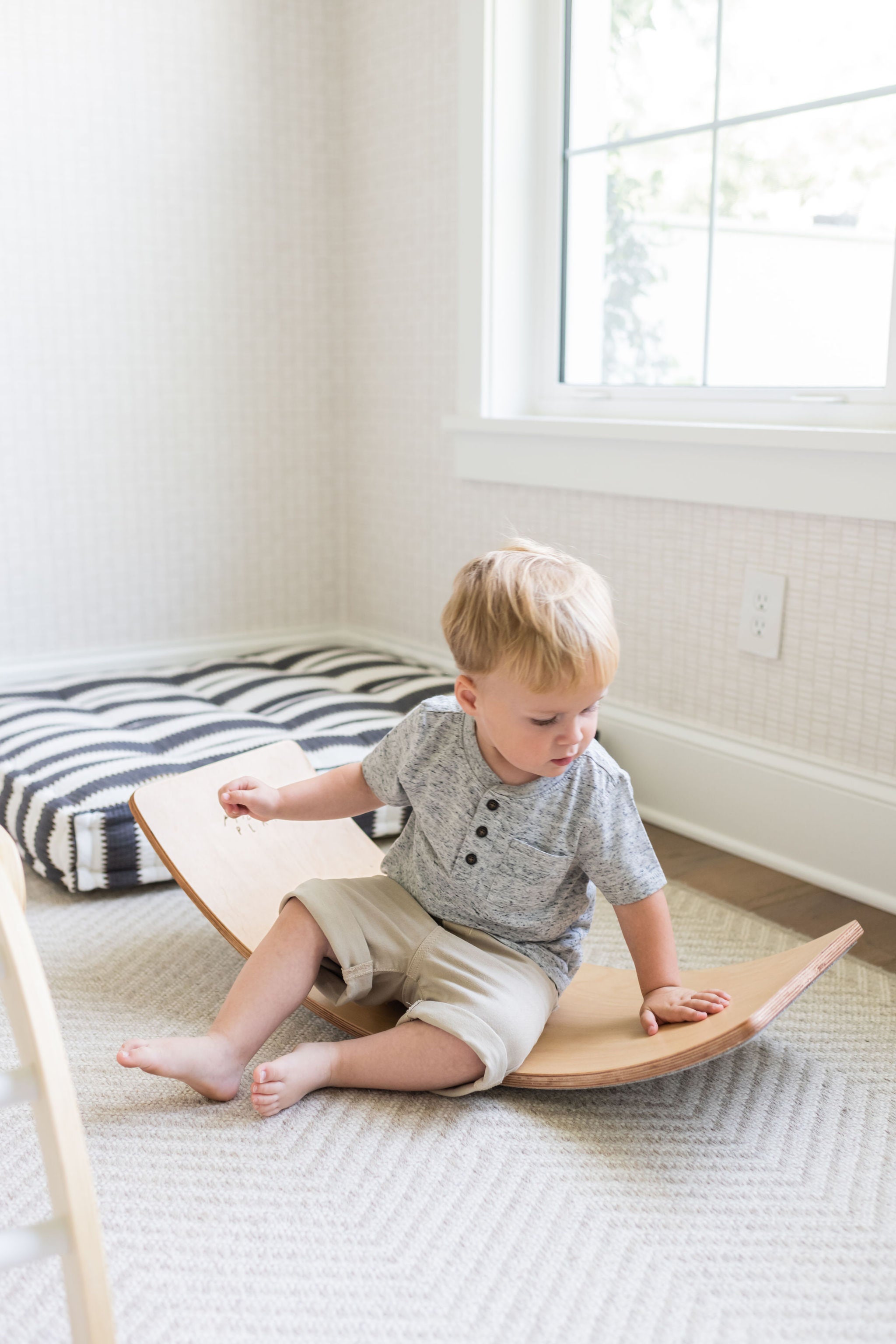Why Quality Plumbing Matters for Every Property Owner
Every homeowner knows that plumbing issues can strike at the most inconvenient times, turning a peaceful day into a stressful ordeal. Whether it’s a burst pipe flooding your kitchen or a malfunctioning water heater leaving you without hot water, these problems demand immediate attention from skilled professionals. When searching for plumbers in Santa Rosa CA, it’s essential to find qualified experts who can respond quickly and provide lasting solutions. A reliable plumbing service doesn’t just fix immediate problems; they help prevent future issues through thorough inspections and quality workmanship. The right professional will have the necessary licenses, insurance, and experience to handle everything from minor repairs to major installations. By choosing experienced technicians, you’re investing in the long-term health of your home’s plumbing system and protecting one of your most valuable assets.
Common Plumbing Problems Facing Local Homeowners
Santa Rosa residents face various plumbing challenges throughout the year, from seasonal issues to everyday wear and tear. Leaking taps, blocked drains, and faulty water heaters are amongst the most frequent complaints that require professional intervention. When you need plumbers Santa Rosa residents trust, you want someone who understands the specific challenges of the local area, including water quality issues and the impact of regional weather patterns on plumbing systems. Older homes may struggle with corroded pipes or outdated fixtures that need replacing, whilst newer properties might experience installation defects or warranty work. Sewer line problems can be particularly troublesome, requiring specialized equipment and expertise to diagnose and repair properly. Regular maintenance can help identify potential problems before they become expensive emergencies, saving homeowners significant money and stress in the long run.
What to Look for When Choosing a Plumbing Professional
Selecting the right plumbing service requires careful consideration of several important factors. First, verify that any professional you’re considering holds proper licensing and insurance to work in California. Check online reviews and ask for references from previous customers to gauge their reliability and quality of work. A reputable company will offer transparent pricing, providing detailed estimates before beginning any work. Response times matter significantly, especially during emergencies, so find out about their availability for urgent calls. The best Santa Rosa plumbers will have a proven track record of completing projects efficiently whilst maintaining high standards. They should also stay current with the latest plumbing technologies and techniques, offering modern solutions like tankless water heaters or smart leak detection systems. Good communication is equally important; your plumber should explain problems clearly and discuss all available options before proceeding with repairs.
The Benefits of Establishing a Relationship with a Trusted Plumber
Building an ongoing relationship with a reliable plumbing service offers numerous advantages for homeowners. When you work with the same professionals consistently, they become familiar with your home’s plumbing system, its history, and any recurring issues. This familiarity allows them to provide more efficient service and often spot potential problems before they worsen. Many plumbing companies offer maintenance plans or regular inspection services that can help you stay ahead of issues. These preventative measures often prove more cost-effective than waiting for emergencies to occur. A trusted plumber will also keep records of all work performed, making it easier to track maintenance schedules and warranty information. Furthermore, established relationships often mean priority service during busy periods and potentially better pricing for regular customers. This ongoing partnership provides peace of mind, knowing you have a reliable professional just a phone call away whenever plumbing issues arise.
Understanding Plumbing Costs and Getting Fair Estimates
Plumbing costs can vary significantly depending on the complexity of the work, materials needed, and the time required to complete the job. Simple repairs like fixing a dripping tap might cost relatively little, whilst major projects such as repiping an entire home represent substantial investments. When requesting estimates, ensure you’re comparing like with like; the cheapest option isn’t always the best value if it means substandard work or inferior materials. Reputable professionals will provide written estimates that break down labor and material costs, allowing you to make informed decisions. Be wary of quotes that seem unusually low, as they may indicate inexperienced workers or plans to cut corners. Ask about payment terms, warranty coverage, and what’s included in the quoted price. Some companies charge flat rates for specific services, whilst others bill by the hour. Understanding these pricing structures helps you budget appropriately and avoid unexpected surprises when the final bill arrives.
Find out more about comprehensive plumbing solutions that meet your specific requirements. plumbers in Santa Rosa CA

